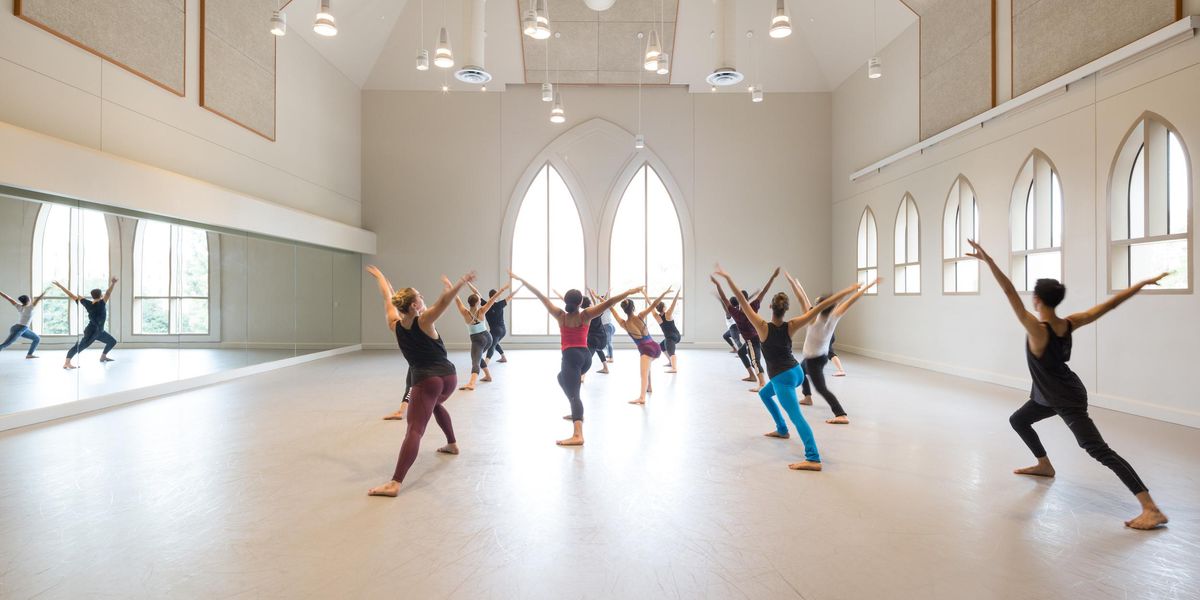Terrible Tulle
Battling tutu terrors from the male point of view
The tutu. The distorter of placement, the chafer of necks, the twister of thumbs, but above all, the displayer of the ballerina’s legs. And given that the ballerina always comes first, the tutu is here to stay.
A ballerina is like a globe stand: She represents the axis, and her dancing is the world that revolves around it. When her partner is supporting her, he is, or should be, ultimately concerned with her balance, keeping her on it when needed, or helping her off of it while transferring from one step to the next. The tutu, however, sees its goal in life as presenting the appearance of a clean level equator, giving the illusion that the leg can rise miraculously to the heavens while the hips don’t move at all. This effect is clearly beneficial to the audience and ballerina, but for her partner it is a booby trap.
Let me explain. The tutu acts as the horizon line along which you try to keep your ballerina perpendicular. Although as a partner most adjustments come from feeling the ballerina’s weight shift within your hands, it is just natural to do things based upon visual cues. Say that as the ballerina is doing a nice high penchée on pointe, her partner sees her tutu following along with gravity and upending itself. Instinctively he may pull her back off of her leg, destroying her line.
At other times, the tutu becomes an impenetrable shield through which you cannot see the floor. How many times have we all seen a ballerina brought down from a lift with not quite the amount of deceleration she needs, forcing her into that awkward deep-plié-while-running maneuver? Or worse, when her partner slows down a bit too early, so she starts to flex her feet in anticipation of landing.
This isn’t necessarily because of poor partnering. It’s because the tutu is acting like a blindfold, hiding the visual cues from the ballerina’s partner, as he does his damndest to support her without peering over the edge of that gigantic tulle tabletop she’s wearing.
Not only is the tutu a hindrance to the man’s partnering, but it is also hazardous. Tutus are made of chicken wire and razor blades, shaped like a circular saw, and jutting out precisely where the partner needs to place his hands. I kid… but if you’ve ever seen someone wince while lowering his ballerina from a shoulder lift, it isn’t because she’s heavy, it’s because the tulle on that tutu is going at his neck like a zester on a lemon peel. I have seen arms rubbed raw and chests glowing bright red following a hard pas de deux. There’s really nothing that the man can do except hope for thick sleeves, a high collar, and a fresh tube of Neosporin.
Not only is the tutu an uninvited exfoliator, but it is also prone to catching on to objects on the man’s costume. I have lost count of how many times I have seen a Cavalier bring the Sugarplum Fairy down from a shoulder lift, only to realize that the under part of her tutu has become attached to the rhinestones on his chest. Desperately he tries to unhook, while she bourrées in place, smiling uncomfortably, praying that he can manage this untimely predicament. Inevitably, he just rips it apart and she has to finish the pas de deux with a dangling trail of tulle, still smiling, as if nothing had happened.
There is, though, a real benefit to the tutu for the male dancer. The first time you try partnering, you stand too close, thinking that the closer you are the more prepared you’ll be. But you can use the tutu as a training tool to calibrate the noble distance from you to her. Watch any great partner, and he is always a tutu’s distance from the ballerina. He is able to promenade her without shuffling his feet like he’s trying to get to his seat in a packed movie theater. He stands behind her attentively, not lurking in her shadow. As you walk the circle that it draws for you, the tutu is your compass while promenading the ballerina. If you look for her leg as your guide, you will without a doubt walk in towards it and knock her off of her leg, and that is the last thing she wants.
I used to think that dancers who wore practice tutus for rehearsals were just trying to get into the mood. Later I realized that this really was a “practice” tutu. They knew that the tutu was a third wheel in their pas de deux, their partner in the duet. More and more I saw practice tutus popping up in rehearsal. I think this is a fantastic idea. It helps a female dancer understand that her partner is working to elevate her dancing while often struggling with an article of clothing that seems at times to be working just as hard against him. It is also only beneficial that a young male dancer learn early on to assist his partner without being able to see her legs and feet. Then he will begin to sense how the ballerina feels in his hands, to really connect and be in tune with her.
The tutu remains classical ballet’s most enduring symbol. I am not alone in my appreciation for—and trepidation towards—it. Tutus make ballerinas feel beautiful, and a ballerina who feels beautiful dances even more so. And behind every ballerina who feels beautiful is a partner—with a neck that is chafed raw from a tutu’s tulle.
Adam Hendrickson, who retired as a soloist with New York City Ballet last year, now works for The Specialists Ltd., a theatrical prop and weapon provider.




